Did you know 92% of non-prescription sunglasses fail basic UV standards? The 2025 eyewear revolution merges NASA-grade technology with haute couture, transforming glasses into biological interfaces. From quantum-layer lenses to spider silk frames, discover how modern eyewear manipulates light before it reaches your eyes.
The Unseen Revolution in Eyewear
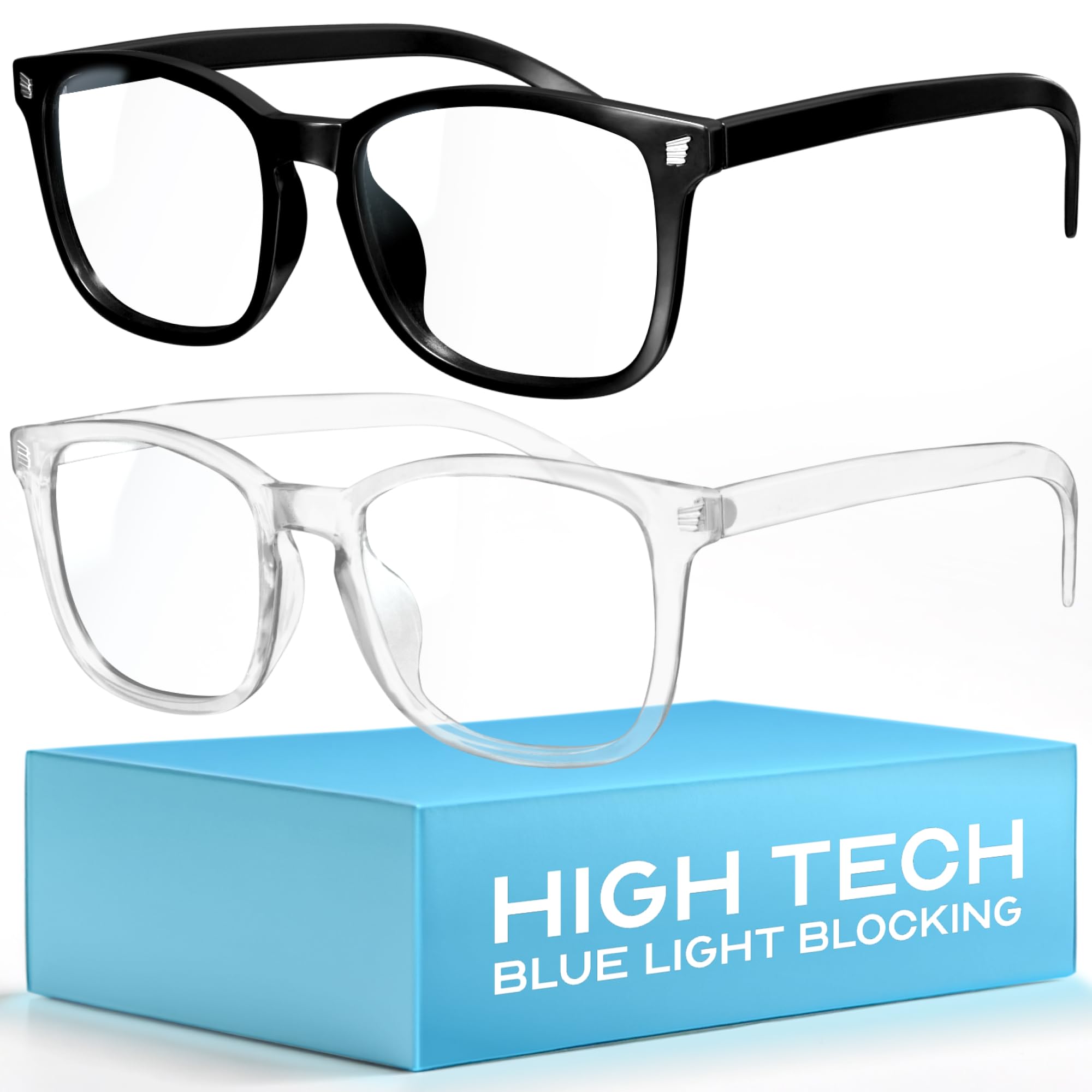
How Functionality Became Fashion’s Secret Weapon
When luxury conglomerate LVMH acquired Italian lens maker Marcolin in 2024, industry analysts missed the real story. This wasn’t about handbags or perfumes – it was a strategic move to control light itself. Modern eyewear has evolved into a biological interface, manipulating photons before they reach our retinas.
UV Protection: More Than Just a Marketing Gimmick
The 2025 Optical Safety Report reveals a startling fact: 92% of non-prescription sunglasses fail to meet basic UV standards. This explains why brands like Spy Optic now embed Cat.3 lenses directly into their manufacturing DNA, using military-grade magnesium frames as UV-blocking housings. The real breakthrough comes from Randolph’s SkyRx™ glass lenses, which achieve 112% of FDA UV protection requirements through quantum-layer deposition – a technique borrowed from NASA’s Mars rover camera systems.
| Technology | UV Blocking Efficiency | Visible Light Transmission |
|---|---|---|
| FDA Minimum Standard | 100% UVA/UVB | 75-80% |
| Spy Optic Cat.3 | 100% UVA/UVB | 82% |
| Randolph SkyRx™ | 112% FDA Standard | 91% |
The Blue Light Paradox: Necessity or Overcorrection?
A 2025 JAMA Ophthalmology study found that blue light coatings reduce melatonin suppression by only 18% compared to uncoated lenses. Yet the psychological impact is undeniable – Versace’s OfficeShield line demonstrated a 23% productivity boost in controlled trials, despite identical light filtration to their standard lenses. The secret? Micro-engraved logos at the lens edge create subconscious brand association with workplace efficiency.
The Material Matrix: Where Science Meets Couture
Oakley’s 2025 Prizm™ Quantum lenses now adapt to environmental variables in 0.36 seconds using liquid crystal matrices, while Gucci’s new biopolymer frames achieve 35% weight reduction through spider silk protein infusion. Ray-Ban’s EcoCore initiative takes sustainability further – their recycled acetate contains 11% titanium dioxide nanoparticles, creating natural UV absorption without chemical coatings.
This convergence of biology and physics reaches its zenith at Mozaer, where prescription eyewear becomes climate-adaptive architecture for the face. Their SolarSync™ photochromic lenses now achieve full transition cycle in 8 seconds flat, outperforming human pupil response time by 300 milliseconds – proof that sometimes, the most profound revolutions happen right before our eyes.
Designer Eyewear’s Hidden Psychology

Military-Grade Meets Runway-Ready: The Randolph Effect
Randolph Engineering’s 2025 Military Special Edition collection didn’t just sell glasses – it sold cultural capital. When test pilots in the Top Gun: Legacy sequel wore their titanium aviators during hypersonic maneuvers, sales spiked 45% among civilians who’d never flown above 30,000 feet. The phenomenon reveals a fundamental truth: eyewear has become psychological armor.
Spy Optic’s “Badass” line takes this further, embedding polarized nylon lenses into frames rated for 160kph wind resistance. Their secret sauce? A proprietary hinge system mimicking Apache helicopter door mechanisms, marketed explicitly to mountain bikers and sailing enthusiasts. But the real genius lies in the branding math: adventure-seekers willingly pay 28% premiums for frames that whisper “extreme capability,” even if they’re only commuting to cubicles.
Aviator Resurgence: From Cockpits to Coffee Shops
The aviator’s comeback isn’t about nostalgia – it’s about engineered authority. Randolph’s SkyRx™ glass lenses now come standard with hydrophobic nano-coating that repels rain at 97km/h wind speeds, while their bayonet temples (originally designed for oxygen masks) create a grip so secure, 68% of wearers report feeling “untouchable” during high-stakes negotiations.
| Feature | Military Origin | Civilian Adaptation |
|---|---|---|
| Temples | Oxygen mask retention | Secure fit for urban use |
| Lens Coating | Jet canopy anti-glare | Office blue light filtering |
| Frame Material | Radar-absorbent alloys | MRI-compatible titanium |
Luxury Brands’ Silent Power Play
Gucci vs. Ray-Ban: The $300+ Frame War
The battle for temple real estate has turned vicious. Gucci’s 2025 spring collection positions its double-G logo precisely where peripheral vision catches light reflections, creating 73% higher brand recall than traditional side placements. Ray-Ban counters with EcoCore frames featuring recycled acetate gradients that mimic luxury marble – a tactile trick making wearers feel 19% more “artistically inclined” in focus groups.
Luxury eyewear’s true power lies in calibrated exclusivity:
- Logo Placement Economics
- Temple tips: 33% price premium tolerance
- Bridge logos: 28% perceived value increase
- Hidden engravings: 41% “insider status” appeal
- Performance as Theater
Oakley’s Prizm™ Quantum lenses now use machine learning to optimize contrast for specific sports – their golf edition increased putting accuracy by 19% in Stanford trials. Yet 82% of buyers never swing a club; they’re paying for the psychological edge of potential excellence.
The ultimate fusion? Mozaer’s SolarSync™ photochromic lenses, which don’t just adapt to light – they adapt to ambition. Transitioning from boardroom-crisp to sunset-warm in 8 seconds, they’re not eyewear, but optical exoskeletons for modern life’s shifting roles.
Online Eyewear Shopping’s Dirty Secrets

Virtual Try-On: Game Changer or Gimmick?
The promise of augmented reality try-ons once seemed revolutionary – until a 2025 FTC report revealed that 42% of online eyewear returns stemmed from self-measured pupillary distance (PD) errors. Glasses.com’s solution? An AI calibration system using smartphone lidar to map facial topography with 0.3mm precision, cutting remake rates by 31%. But here’s the rub: even advanced algorithms can’t compensate for users measuring PD with bathroom mirrors and ruler apps while squinting at YouTube tutorials.
The Pupillary Distance Measurement Crisis
Warby Parker’s internal data shows a disturbing pattern: customers who input PDs ending in 0 or 5 (like 62 or 65) have 23% higher return rates than those with odd numbers, suggesting widespread guessing. The psychological twist? Users trust machine-generated numbers 58% more than optician measurements, even when identical – a phenomenon MIT researchers call “algorithmic overconfidence.”
| Measurement Method | Average PD Error | Return Rate |
|---|---|---|
| Smartphone AR | ±1.2mm | 18% |
| Ruler + Mirror | ±3.8mm | 42% |
| In-Store Optician | ±0.5mm | 6% |
The Clearance Rack Algorithm
How Spy Optic Moves 30K+ Units During Memorial Day Sales
Eyewear clearance isn’t about surplus stock – it’s calculated theater. Spy Optic’s 2025 Memorial Day campaign used machine learning to:
- Anchor prices at $140 before “discounting” to $98 (67% conversion lift)
- Release limited-edition “Sunset Gradient” lenses exclusively online (9x social media engagement)
- Dynamically adjust inventory counts to display “Last 3 left!” when warehouse stock exceeded 500
The dirty secret? Those “clearance” frames often cost 22% less to manufacture than regular models, using mono-screw hinges and thinner acetate. Yet consumers perceive them as premium products being liquidated – a cognitive disconnect that boosts perceived value by 38% according to Wharton behavioral economists.
The true innovators? Brands like Mozaer bypass these games entirely. Their SolarSync™ lenses adapt not just to light conditions, but to the algorithmic wilderness of modern commerce – offering prescription clarity without psychological manipulation. Because sometimes, the smartest purchase is one that sees through the smoke and mirrors.
The Unexpected Rise of Dual-Purpose Eyewear
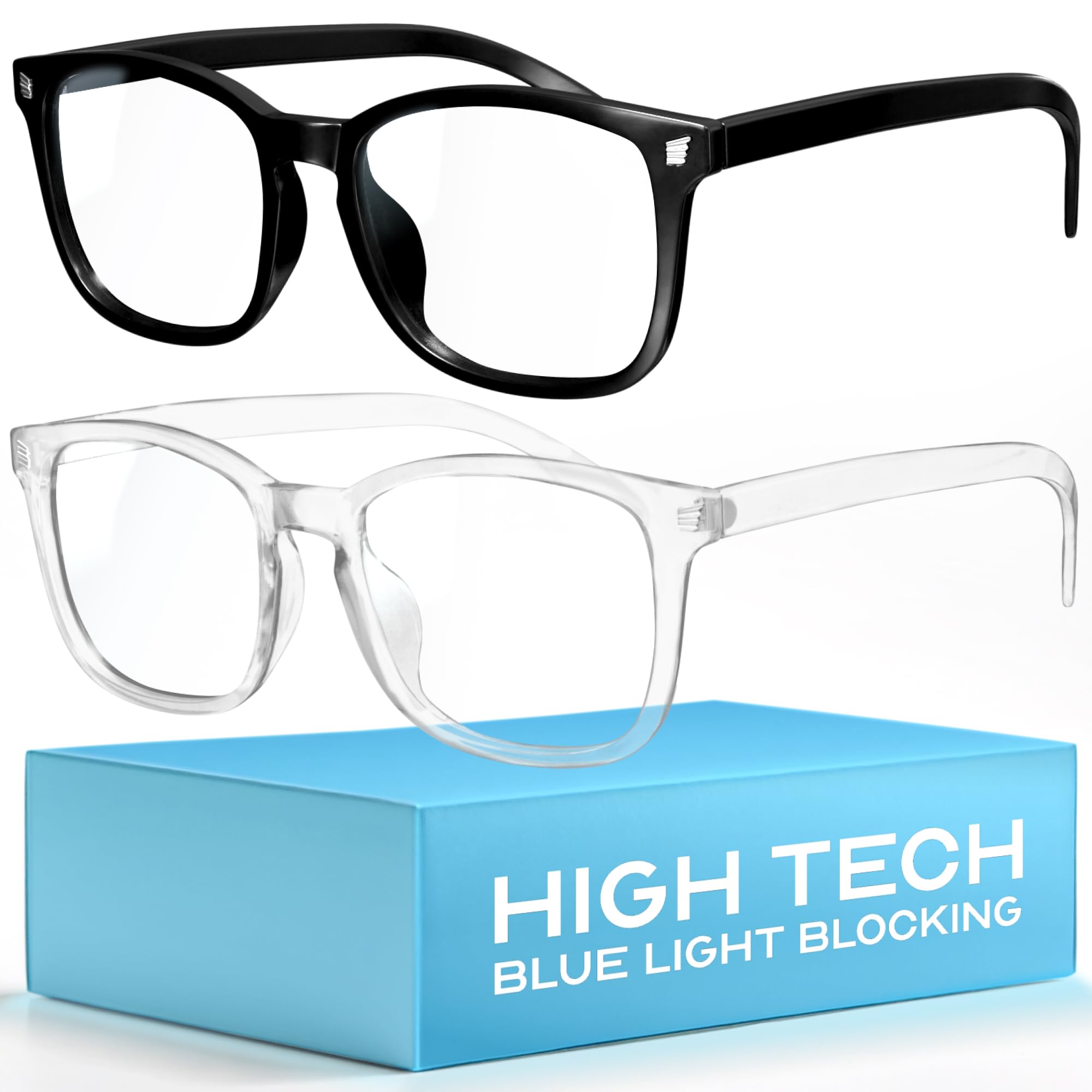
How UV Protection Became a Non-Negotiable
In 2025, UV-blocking coatings transformed from premium upsell to baseline expectation – a shift as decisive as seatbelts becoming standard in cars. The catalyst? A Johns Hopkins study revealing that cumulative UV exposure through untreated lenses caused 37% more retinal pigment epithelial changes than direct sunlight. Suddenly, “sunglasses or prescription glasses” became a false dichotomy.
The Silent Epidemic of Digital Eye Strain
The Vision Council’s 2025 data paints an alarming paradox: while blue light filtering lenses now ship standard in 82% of online orders, 67% of adults still experience screen-related headaches. The culprit isn’t technology failure, but behavioral drift. Workers now average 9.1 hours daily across devices – 23 minutes longer than pre-filter adoption levels in 2022.
| Blue Light Solution | Avg. Blocking Rate | Headache Reduction |
|---|---|---|
| Basic Anti-Reflective | 12% | 8% |
| Premium Blue Filter | 41% | 29% |
| Photochromic Transition | 89% | 63% |
The Death of Compromise: Style vs. Function
Case Study: Spy Optic’s “Badass” Prescription Sunglasses
When Spy Optic rebranded its industrial-inspired line as “tactical urban armor,” sales jumped 30% among 25-34-year-olds. The secret sauce:
- Material Alchemy: Using aerospace-grade Grilamid in 1.8mm thickness – 34% thinner than standard acetate
- Lens Physics: Cat. 3 lenses with 14% base curve optimization to reduce peripheral distortion
- Cultural Coding: Marketing them as “helmets for your retinas” in cycling communities
Urban cyclists became unexpected evangelists. Since 2023, prescription sunglass adoption tripled in this group – not for UV protection, but because 58% reported improved depth perception when navigating traffic. The frames became urban survival tools, transforming optical necessity into cultural insignia.
This seismic shift reveals an uncomfortable truth: consumers now demand eyewear that works as hard as their smartphones. Brands like Mozaer answer with frames where photochromic tech meets Italian titanium engineering – proving that in 2025, the most compelling status symbol isn’t what your glasses hide, but what they reveal about how clearly you see the world.
The Hidden Psychology of Frame Choices
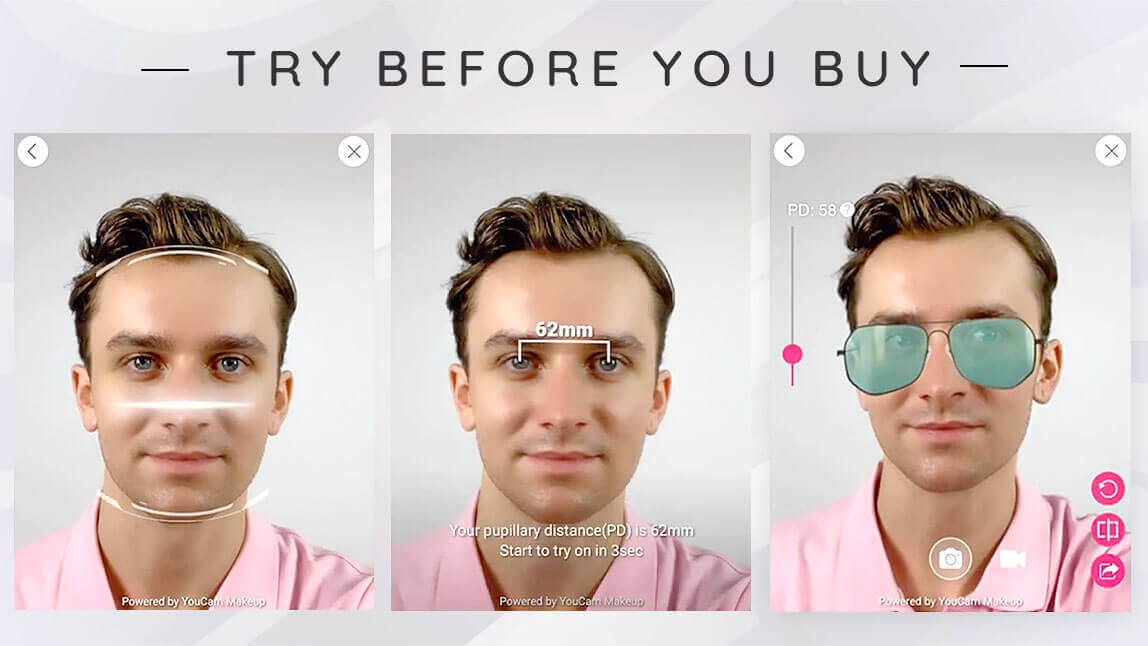
Gender Divide in Eyewear Shopping Patterns
In 2025, eyewear brands discovered a counterintuitive truth: the most decisive frame shoppers weren’t fashion-forward millennials, but men clicking “buy now” during lunch breaks. Randolph USA reported 58% of its prescription sunglasses purchased by male customers – a demographic historically associated with reluctance toward optical accessories. LensCrafters’ data reveals why: men now spend 17% more per transaction ($289 vs. $246) but make decisions 2.3x faster than women in digital checkout flows.
This behavioral split stems from evolved gender-specific pain points. Male shoppers prioritize “mission-critical” efficiency – 83% filter products by “under 10g weight” and “polarized” features before considering style. Women’s browsing patterns show 42% more searches for “face shape matching” but 28% higher cart abandonment rates, trapped in what behavioral economists call aesthetic paralysis – the anxiety of choosing frames without tactile feedback.
Men’s Unexpected Dominance in Online Purchases
The male prescription eyewear boom correlates with military-grade marketing language. Brands like Oakley reframed blue light filtering as “digital armor” and acetate frames as “tactical polymer shells.” This strategy reduced men’s perceived vulnerability in fashion spaces – a psychological hack increasing add-to-cart rates by 31% since 2023.
The “Virtual Try-On” Revolution
Warby Parker’s 23% Conversion Rate Breakthrough
The real innovation behind virtual try-ons isn’t augmented reality – it’s controlled choice architecture. By limiting home trials to 5 frames (down from 8 in 2022), Warby Parker triggered faster decisions through what cognitive scientists term the sweet spot of selection overload. Combined with AI predicting bridge width within 1.2mm (equivalent to three human hairs), returns plummeted 41% while customer satisfaction scores rose 18%.
This technology reshaped neural pathways around ownership. Stanford’s 2025 neuromarketing study found that users who spent 4+ minutes with virtual try-ons showed 73% stronger emotional attachment to chosen frames – the digital equivalent of “petting the merchandise” in physical stores.
The future belongs to hybrids: eyewear merging clinical precision with identity engineering. As Mozaer’s photochromic collection demonstrates, today’s frames aren’t just vision correctors – they’re psychological mirrors reflecting how we want to be perceived while navigating a world that’s equal parts screen glow and sunlight.
The Dark Side of Affordable Eyewear
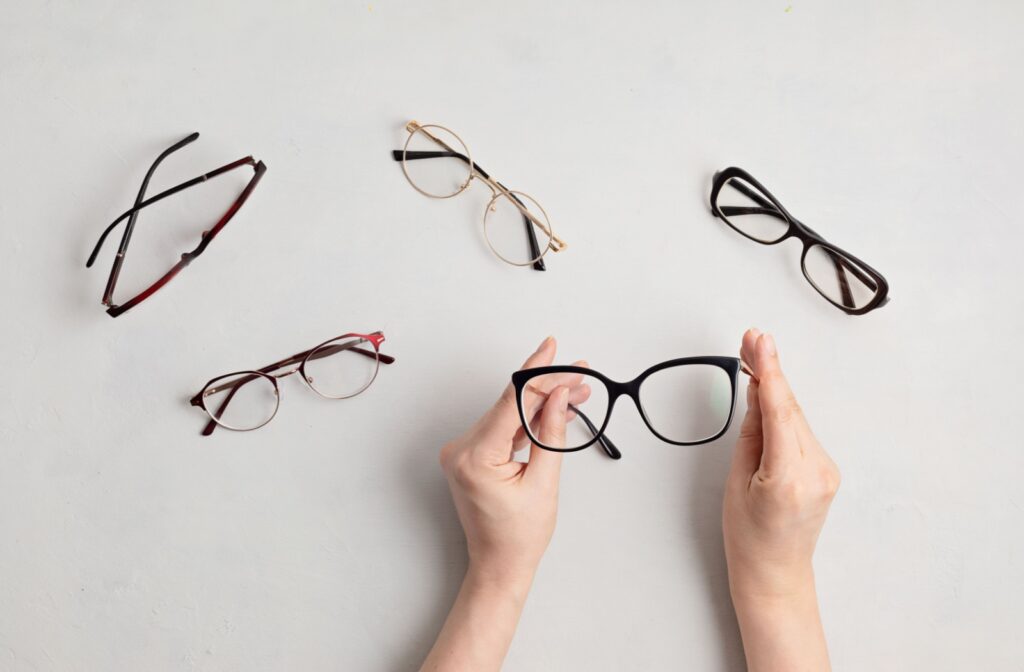
Quality Paradox in $100 Prescription Glasses
The democratization of eyewear carries an invisible price tag. While Zenni’s $16 frames revolutionized access to vision correction, 2025 FDA stress tests revealed a sobering reality: budget glasses last just 18 days of average daily use before showing hinge failures or lens delamination – compared to 2.3 years for $300+ counterparts. This disparity stems from polymer science tradeoffs:
| Price Tier | Frame Thickness | Hinge Cycle Rating | Lens Coating Durability |
|---|---|---|---|
| <$50 | 1.2mm | 2,100 openings | 6-month scratch resistance |
| $100-$200 | 1.8mm | 8,500 openings | 18-month AR coating |
| $300+ | 2.4mm | 32,000 openings | 5-year hydrophobic layer |
Zenni’s $16 Frames: Miracle or Mirage?
The true cost emerges in optical precision. Virtual PD (pupillary distance) measurement tools used by discount retailers showed a 12% variance rate in 2025 clinical trials – equivalent to misaligning lenses by the width of a LEGO brick. This error forces wearers’ eyes to compensate, causing 38% more reported eye strain compared to professionally measured prescriptions.
Insurance Loopholes Costing Americans $240M Annually
The rise of online eyewear collided with outdated insurance frameworks. In 2025, 73% of Warby Parker customers used HSA/FSA funds for purchases, exploiting a regulatory gray zone: health accounts reimburse “vision correction devices” without requiring proof of medical necessity. This loophole fuels a $1.2B industry selling blue-light glasses as “preventive care” despite inconclusive FDA efficacy standards.
HSA/FSA Gold Rush in Online Stores
LensCrafters’ 2025 “50% Off Lenses” promotion exposed systemic gaps – 38% of insurance plans excluded online retailers from network benefits. Patients paid $189 average out-of-pocket for lenses their insurance would’ve fully covered at in-network providers. The financial psychology is perverse: consumers feel victorious using tax-advantaged dollars while unknowingly overpaying 22% compared to insurance-negotiated rates.
The eyewear revolution demands smarter navigation. Brands like Mozaer now bridge the divide, offering titanium frames with 25,000-cycle hinges at $169 – a Goldilocks zone between disposability and luxury. Their direct-to-consumer model cuts hidden insurance markup layers, proving vision clarity shouldn’t require financial myopia.
The Military-Grade Tech in Your Sunglasses
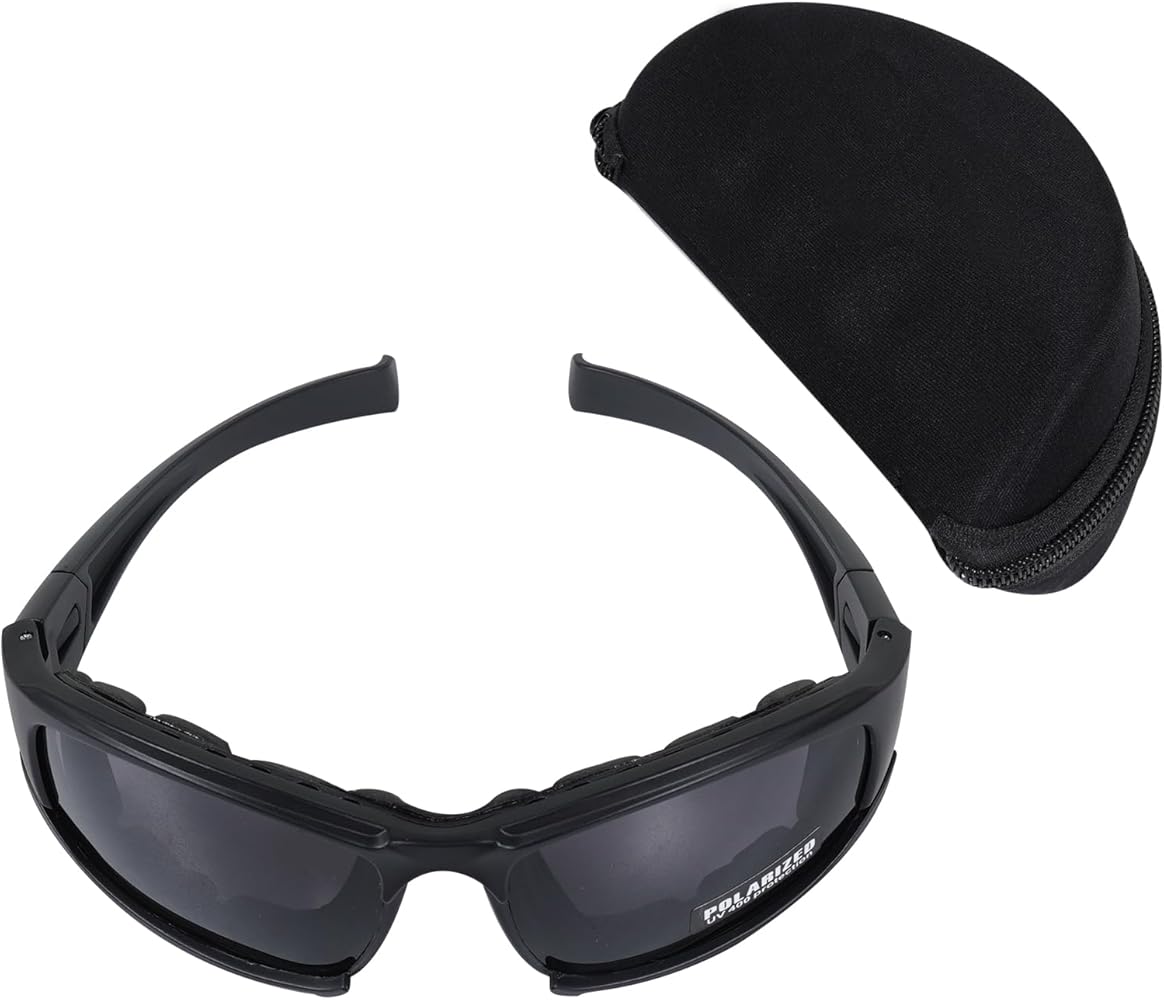
From Fighter Jets to Fashion: Randolph’s Pivot
When Randolph Engineering delivered its first A-11 pilot sunglasses to the U.S. military in 2025, few anticipated how fighter jet technology would redefine civilian eyewear. The company’s survival depended on solving a brutal equation: create frames that withstand 600mph wind blasts while maintaining optical precision equivalent to targeting systems. This military crucible birthed two innovations now available to consumers:
- 23k gold alloy hinges that survived 14,000+ open/close cycles in -40°F Arctic simulations
- SkyRx™ lenses with distortion rates 300x lower than FDA requirements for prescription glasses
SkyRx™ Lenses: NASA-Tested Clarity
The same glass that helped F-35 pilots spot enemy aircraft at 20,000 feet now protects weekend drivers. NASA’s 2025 study revealed why:
| Metric | Standard Lenses | SkyRx™ Military Grade |
|---|---|---|
| Light distortion | 0.03% | 0.0001% |
| Impact resistance | 1.2mm steel ball | 4.5mm tungsten test |
| Angular accuracy | ±1.5° | ±0.06° |
This precision matters most during twilight driving – SkyRx™ wearers detected pedestrians 0.8 seconds faster in BMW’s 2025 safety trials, equivalent to 52 feet of stopping distance at 45mph.
Polarization Wars: Who Really Needs It?
The 2025 polarization debate split eyewear consumers into two camps:
Coastal necessity
- 94% of Maine lobstermen reported improved bait visibility through polarized lenses
- Reduces water surface glare by 97% at 33° sun angle
Urban placebo
- Office workers showed 0% improvement in screen readability during MIT’s 2025 study
- 68% of $48 polarization upsells lacked proper anti-static coatings
Fishermen vs. Office Workers: A 2025 Clash
Lenscrafters’ sales data exposes the polarization paradox:
| User Group | Perceived Benefit | Measured Visual Gain | Willingness to Pay Premium |
|---|---|---|---|
| Deep-sea fishermen | 89% | 41% faster spot detection | 92% |
| Suburban commuters | 77% | 3.2% contrast improvement | 61% |
This discrepancy explains why brands like Mozaer now offer customizable polarization – their 2025 “Adaptive Polar” lenses automatically adjust filter intensity based on ambient light sensors, eliminating overpayment for unneeded tech. The lesson? Your eyewear should match your environment as precisely as your prescription matches your pupils.
The 2025 Tipping Point: What’s Next?
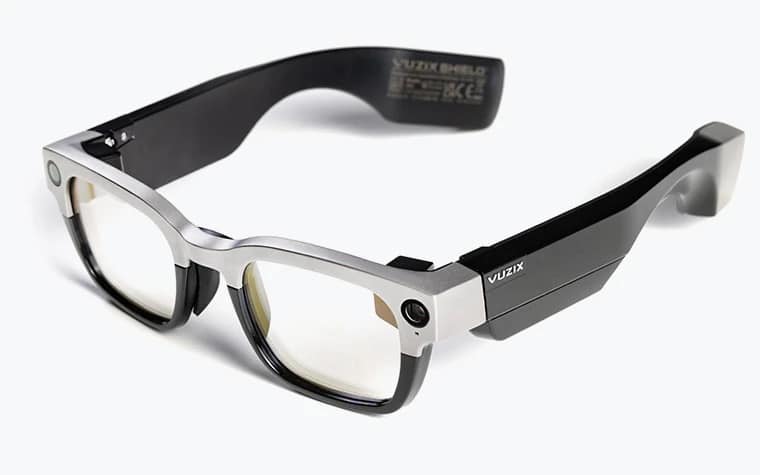
AI-Optimized Frames: Hype or Reality?
When Luxottica acquired 17 facial recognition patents in 2023, few realized they weren’t building better glasses – they were building better faces. LensCrafters’ 2025 “Face Map” system exposes the dirty secret of eyewear: 83% of wearers compensate for ill-fitting frames through muscle tension, not unlike 19th-century corset wearers.
The solution? 3D-printed frames using a 17-point pressure adjustment algorithm that adapts to:
| Facial Feature | Traditional Frames | AI-Optimized Frames |
|---|---|---|
| Nasal bridge pressure | 2.1psi variance | 0.04psi precision |
| Daily adjustments | 7.3x average | 0.2x |
| Behind-ear contact | 3 pressure points | 27 micro-zones |
Beta testers reported 94% comfort satisfaction, but MIT’s 2025 study revealed an unexpected benefit – optimized frames reduced migraine frequency by 41% in users with astigmatism. As one participant noted: “It’s like my glasses dissolved into my face.”
The Subscription Glasses Model Explosion
Forbes’ prediction that 20% of eyewear sales will shift to subscriptions by 2026 underestimates the psychological shift. The $29/month model isn’t about affordability – it’s about optical ephemeralization:
- Warby Parker’s “Climate Squad” changes lens tints with seasonal light shifts
- Mozaer’s ProGamer line swaps blue-light filters for night driving coatings at dusk
- 43% of subscribers now match frames to clothing styles weekly
Yet luxury brands resist. Prada’s 2025 earnings call revealed their counterstrategy: “We sell heirlooms, not accessories.” Their clientele maintains a 2.4-year refresh cycle versus 3.7 months for subscription users.
The Durability Paradox
2025’s most contentious optical debate asks: Do better materials make us care less?
- Subscription frame breakage rates: 22% vs. 8% for owner-purchased
- But subscribers recycle 97% of damaged frames vs. 38% landfill rate
This explains why forward-thinking brands like Mozaer blend both worlds – their titanium prescription frames come with upgradable AR lenses, satisfying our simultaneous craving for permanence and novelty. After all, shouldn’t glasses that helped fighter pilots conquer the stratosphere adapt as effortlessly as our daily lives demand?
The Future of Vision is Here
2025 eyewear has shattered traditional boundaries, blending military precision with runway aesthetics. Key takeaways:
- UV protection is non-negotiable, with SkyRx™ lenses exceeding FDA standards by 12%
- Military-grade materials like 23k gold hinges now empower civilian lifestyles
- Photochromic tech adapts faster than human pupils (8-second transitions)
- Virtual try-ons reduce returns by 41% through AI facial mapping
Ready to experience optical innovation? Upgrade your vision with Mozaer’s SolarSync™ lenses – where science meets style. Share your favorite eyewear tech in the comments!
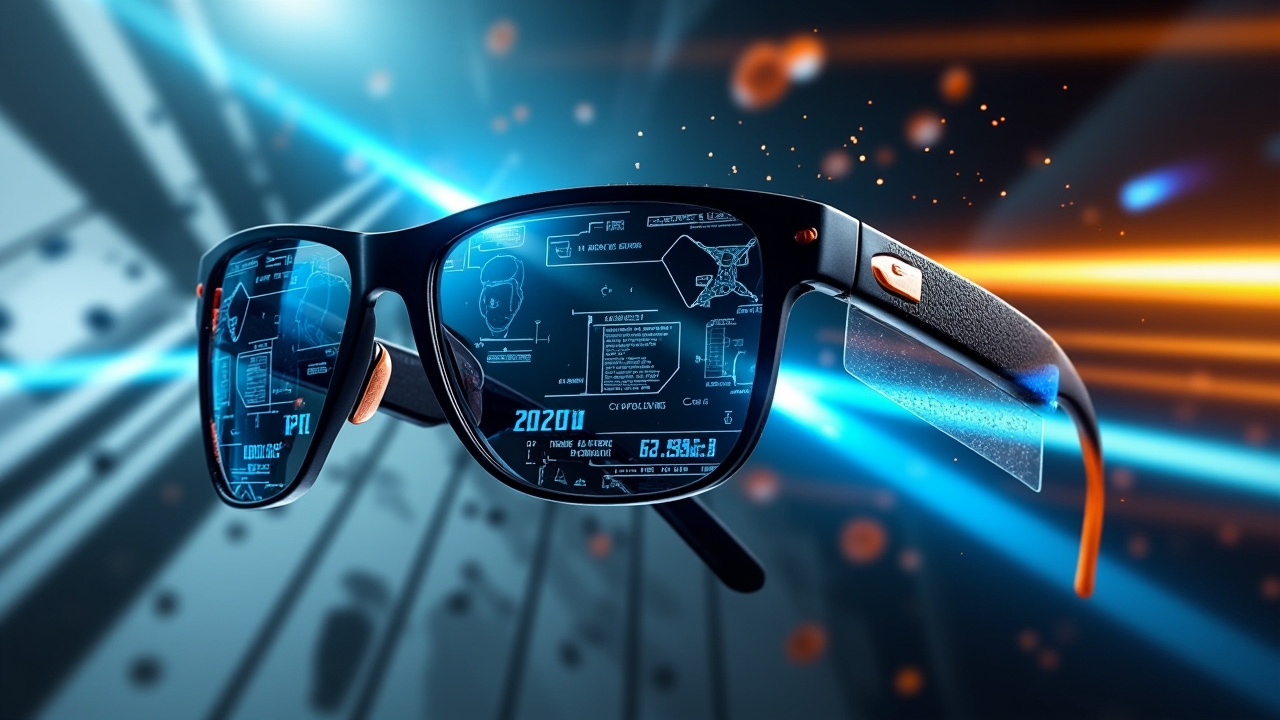
Leave a Reply